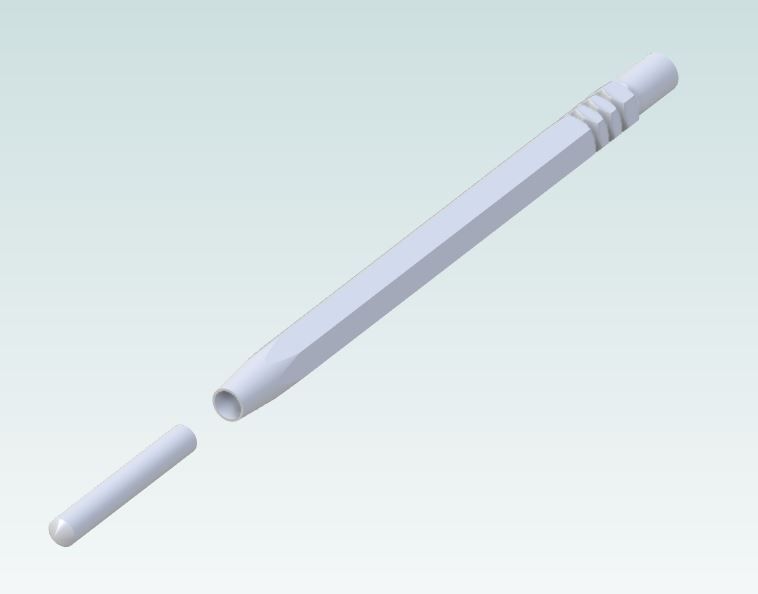Posted by Christopher judd on 22/08/2019 11:42:12:
Hi Andrew you correctly identified 24 threads per inch as UNF………..
That's a relief; does that mean I passed the test? 
Am I correct in assuming that you're not an engineer? The question about tpi and UNF has no real meaning. There are many different thread standards, but a particular value of tpi says nothing about the standard being used. To describe a thread you need several bits of information. First the outside diameter and tpi, or pitch. You could also add the number of starts and LH or RH, but most commercial bolts will be single start and RH. There is also the thread form, which covers items like the included angle of the thread and details of the rounding or truncation of the crests and roots. Finally the standard used, such as UNC, UNF, BSW or BSP, if not implied by the context.
The unified system has four main categories, UNC (coarse), UNF (fine), UNEF (extra fine) and UNS (special). By far the most common are UNC and UNF. From a 1/4" and upwards the threads are specified by diameter and tpi. Below 1/4" the series are defined by numbers from 0, or 1, to 12 plus a tpi. I'm not going to do your homework for you, a search engine plus an appropriate search term will give you the details of the standard UNC and UNF threads. 
I've no idea what material EN* is. You are correct that thru hardened means it is hardened through the volume rather than simply being a thin layer. Case hardening is one way of getting a thin but hard layer, but there are others, such as induction hardening. For instance the much mentioned EN19 is well suited to induction hardening.
Andrew
 JasonB.
JasonB.




